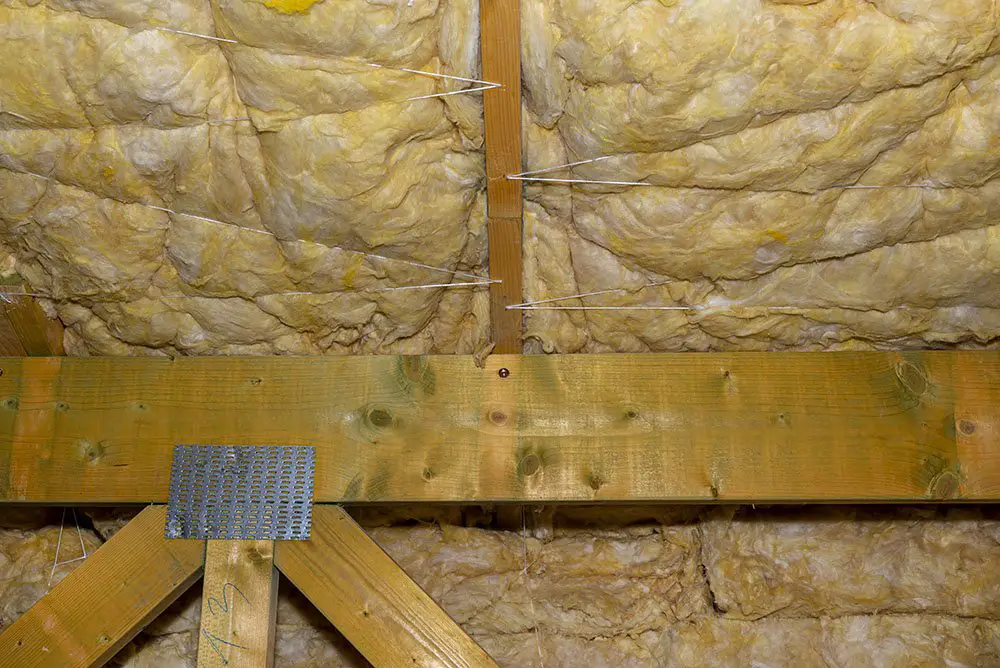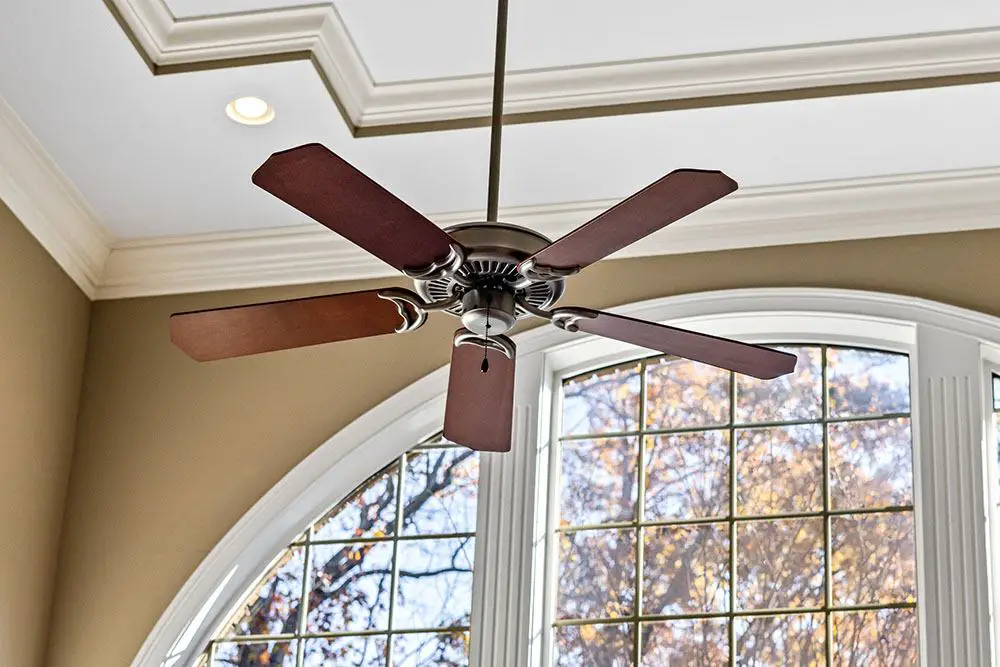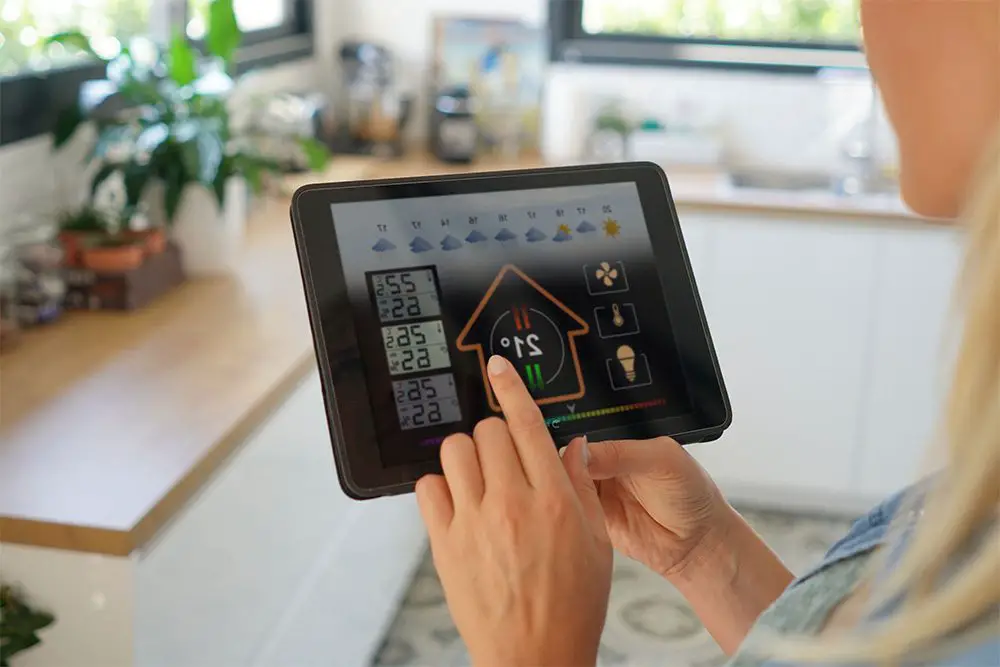How Many kWh Per Day Is Normal?
As an Amazon Associate, Ecotero earns from qualifying purchases.
The only people who searched for how many kWh per day is normal are the ones who use too much electricity, am I right? Just kidding!
On average, daily electricity consumption varies across countries, with households in the US using about 24.97 kWh per day, those in the UK consuming around 9.78 kWh per day, and homes in Singapore utilizing approximately 14.84 kWh daily.
These values consider different types of residences in each country, such as single-family homes, apartments, and mobile homes in the US; Mid Terrace & Flats, End Terraces, Semi-Detached, Bungalows, and Detached Houses in the UK; and HDB Flats, Private Condominiums, and Landed Properties in Singapore.
So, read on to determine how many kWh per day is normal based on your residence type.
United States: Average kWh per day in a US household
In the US, the weighted average daily electricity consumption for a household is 24.97 kWh, but the power consumption varies based on the size of the home and the number of occupants.
Here are the top 10 appliances that uses the most electricity.
With single-family detached homes consume the most at 32.54 kWh per day, and 5 or more units apartments consume the least at 15.68 kWh per day.
Other housing types fall within this range, such as single-family attached homes at 22.69 kWh per day, 2-4 units apartments at 18.20 kWh per day, and mobile homes at 31.82 kWh per day.
Nonetheless, the actual consumption for each household may differ depending on several factors, including the number of occupants, appliances used, and energy-saving habits.
| Housing Type | Annual Electricity Consumption | Monthly Electricity Consumption | Daily Electricity Consumption |
|---|---|---|---|
| Single-Family Detached (62%) | 11,875.50 kWh | 989.63 kWh | 32.54 kWh |
| Single-Family Attached (6%) | 8,280.75 kWh | 690.06 kWh | 22.69 kWh |
| 2 – 4 units apartments (7%) | 6,642.25 kWh | 553.52 kWh | 18.20 kWh |
| 5 or more units apartments (19%) | 5,722.25 kWh | 476.85 kWh | 15.68 kWh |
| Mobile homes (6%) | 11,612.75 kWh | 967.73 kWh | 31.82 kWh |
| Weighted Average | 9113.6 kWh | 759.47 kWh | 24.97 kWh |

Generally, if your electricity consumption is below 30 kWh in the US, it is considered normal, but it really depends on the housing type you are living in. You should strive to fall within the daily electricity consumption of your housing type.
United Kingdom: Average kWh per day in a UK household
In the UK, the weighted average daily electricity consumption for a household is 9.78 kWh.
This average takes into account different types of homes:
- Mid Terrace & Flats, which make up 29% of homes, use about 7.81 kWh per day;
- End Terrace, accounting for 13% of homes, consumes around 9.42 kWh daily;
- Semi-Detached, comprising 27% of homes, use approximately 10.48 kWh each day;
- Bungalows, which represent 7% of homes, consume about 10.55 kWh daily; and
- Detached Houses, making up 24% of homes, use around 11.38 kWh per day.
| Housing Type | Annual Electricity Consumption | Monthly Electricity Consumption | Daily Electricity Consumption |
|---|---|---|---|
| Mid Terrace & Flats (29%) | 2,850.00 kWh | 237.50 kWh | 7.81 kWh |
| End Terrace (13%) | 3,435.00 kWh | 286.25 kWh | 9.42 kWh |
| Semi-Detached (27%) | 3,825.00 kWh | 318.75 kWh | 10.48 kWh |
| Bungalow (7%) | 3,850.00 kWh | 320.83 kWh | 10.55 kWh |
| Detached House (24%) | 4,153.00 kWh | 346.08 kWh | 11.38 kWh |
| Weighted Average | 3,571.02 kWh | 297.59 kWh | 9.78 kWh |

Singapore: Average kWh per day in a Singaporean household
In Singapore, the weighted average daily electricity consumption for a household is 15.07 kWh.
This average takes into account different types of homes: Landed properties, which make up 4.9% of homes, use about 41.90 kWh per day; private condominiums, accounting for 17% of homes, consume around 18.96 kWh daily; and HDB flats, the most common type of housing at 78.1%, use approximately 12.53 kWh each day.
| Housing Type | Annual Electricity Consumption | Monthly Electricity Consumption | Daily Electricity Consumption |
|---|---|---|---|
| HDB Flats (78.1%) | 4,512.00 kWh | 376.00 kWh | 12.36 kWh |
| Private Condominiums (17%) | 6,828.00 kWh | 569.00 kWh | 18.71 kWh |
| Landed Properties (4.9%) | 15,084.00 kWh | 1,257.00 kWh | 41.33 kWh |
| Weighted Average | 5,417.84 kWh | 451.49 kWh | 14.84 kWh |

How to calculate kWh per day?
If you have a smart meter, you should be able to get the information easily. It will even tell you which appliances or devices are eating up the most electricity.
However, if you don’t have a smart meter, then your energy bills will typically give an overview of how many kilowatt-hours have been consumed over one or three months; simply divide that number by the number of days in each period.
And if none of these options are available, you could calculate how much energy each device in your home uses. Every appliance or device should have a label showing its wattage, for example, check out the list below.
Take each appliance’s wattage and multiply it by how many hours of usage. That gives you the watt-hours consumed; divide this number by 1,000 to get kilowatt-hours consumed.
Appliances that eats up the most electricity
If you think that your household kWh per day is not normal, you may want to identify the appliance that could be eating up the most electricity.
Try to think about what appliances you use the most in a day and if the power consumption of that appliance is high, then you would have found the culprit.
Note that these are approximate values.
| Appliance | Average Power Consumption (Watts) |
|---|---|
| Air Conditioner | 1000 – 4000 |
| Blender | 300 – 1000 |
| Ceiling Fan | 15 – 75 |
| Clothes Dryer | 1800 – 5000 |
| Clothes Washer | 350 – 500 |
| Coffee Maker | 600 – 1200 |
| Computer (Desktop) | 60 – 450 |
| Computer (Laptop) | 15 – 45 |
| Dishwasher | 1200 – 1500 |
| Electric Kettle | 1000 – 1800 |
| Electric Oven | 1000 – 5000 |
| Freezer | 100 – 800 |
| Hair Dryer | 800 – 1800 |
| Iron | 1000 – 1800 |
| Microwave | 600 – 1200 |
| Refrigerator | 100 – 800 |
| Slow Cooker | 70 – 250 |
| Smartphone Charger | 3 – 6 |
| Space Heater | 750 – 1500 |
| Television (LED) | 20 – 80 |
| Television (Plasma) | 90 – 300 |
| Toaster | 800 – 1500 |
| Vacuum Cleaner | 500 – 1500 |
| Video Game Console | 60 – 300 |
| Washing Machine | 500 – 5000 |
| Water Heater (Tankless) | 10,000 – 36,000 |
| Wi-Fi Router | 5 – 20 |
Now, if the above method still couldn’t get you to reduce electricity consumption, then here are some additional energy-saving tips.
How to reduce home electricity usage?
We will share with you 6 methods we think can drastically reduce electricity consumption in your home.
1. Unplug Vampire Electronics
Did you know some devices suck power even when turned off or in standby mode? These are called “vampire electronics.” Unplug chargers, gaming consoles, and TVs when they’re not in use.
2. Have good insulation
Your home’s most power-hungry devices are typically used to heat or cool the air. Anything you can do to reduce their reliance will help you reduce energy usage and cut back on environmental impact.
You should consider investing in more effective insulation for your home, particularly if it is an older property that may not have had adequate quality materials installed in the wall cavities and ceiling.

However, there are also more budget-friendly alternatives.
Are there any draughts in your home that cause a chill? Can you identify their source and either fix your house if there’s an external draft or use a simple draught excluder to reduce airflow through the room?
You can do some great tricks with windows, such as adding bubble wrap or saran wrap. Not only does this trap warm air during the cooler months, but it also helps retain cool air inside your home on hotter days.
Even if it’s not the most appealing solution, even using it in rooms where you don’t spend a lot of time can make a difference – every little bit helps!
3. Ceiling fans instead of Air Conditioning
Instead of cranking up the air conditioning, try using ceiling fans to beat the heat.

They use far less electricity, and you’ll still feel a refreshing breeze.
But remember, fans cool people, not rooms, so make sure to turn them off when you leave.
4. Optimize Your Lifestyle
Sometimes it’s not about turning off devices that should be avoided, but instead finding ways to be more creative when we utilize them.
Showers are an excellent example. Although a hot shower can be refreshing, heating that water can be one of your top five energy drains in your home. If you can reduce shower time in half, you’ll be amazed at the difference that makes.

Cooking requires a lot of energy – ovens, in particular, require much more. So why not try batch cooking, where you cook multiple meals at once that only need reheating once? Or use smaller appliances like crockpots or air fryers instead of large ovens for this task?
Take stock of everything you use at home and identify which devices and appliances can be reduced or replaced with lower-powered options.
5. Optimize your laundry routine
Transforming your laundry routine into an energy-saving practice involves several steps.
First, only wash full loads of laundry to maximize water and electricity use. If you must wash a smaller load, adjust the water level accordingly to conserve water.
Next, opt for cold water whenever possible, as most detergents today are designed to work efficiently in this temperature. Doing so will save energy and help extend the life of your clothing items since hot water can fade colors and break down fibers faster.
When drying your clothes, opt for air-drying on a rack or clothesline. Not only does this save energy, but it is also gentler on garments, reducing wear and tear.

If you do use a dryer, clean its lint filter after each load for improved airflow and efficiency. You can also throw in dry towels with wet clothes to expedite the process and reduce the dryer’s time.
Finally, consider upgrading to energy-saving laundry appliances with the Energy Star label; these utilize less energy and water than standard models, leading to long-term savings on utility bills.
6. Install a smart thermostat
One of the key advantages of smart thermostats is their ability to create custom schedules based on your daily routine.
You can drastically reduce energy consumption without compromising comfort by programming your thermostat to reduce heating or cooling when you’re away or asleep.

Plus, many modern thermostats also provide energy reports that give insight into usage patterns and suggest further improvements.
Another advantage of smart thermostats is their compatibility with various home automation systems. This integration enables your thermostat to work with other intelligent devices like lighting, blinds, and fans for a more energy-efficient and convenient living environment.
